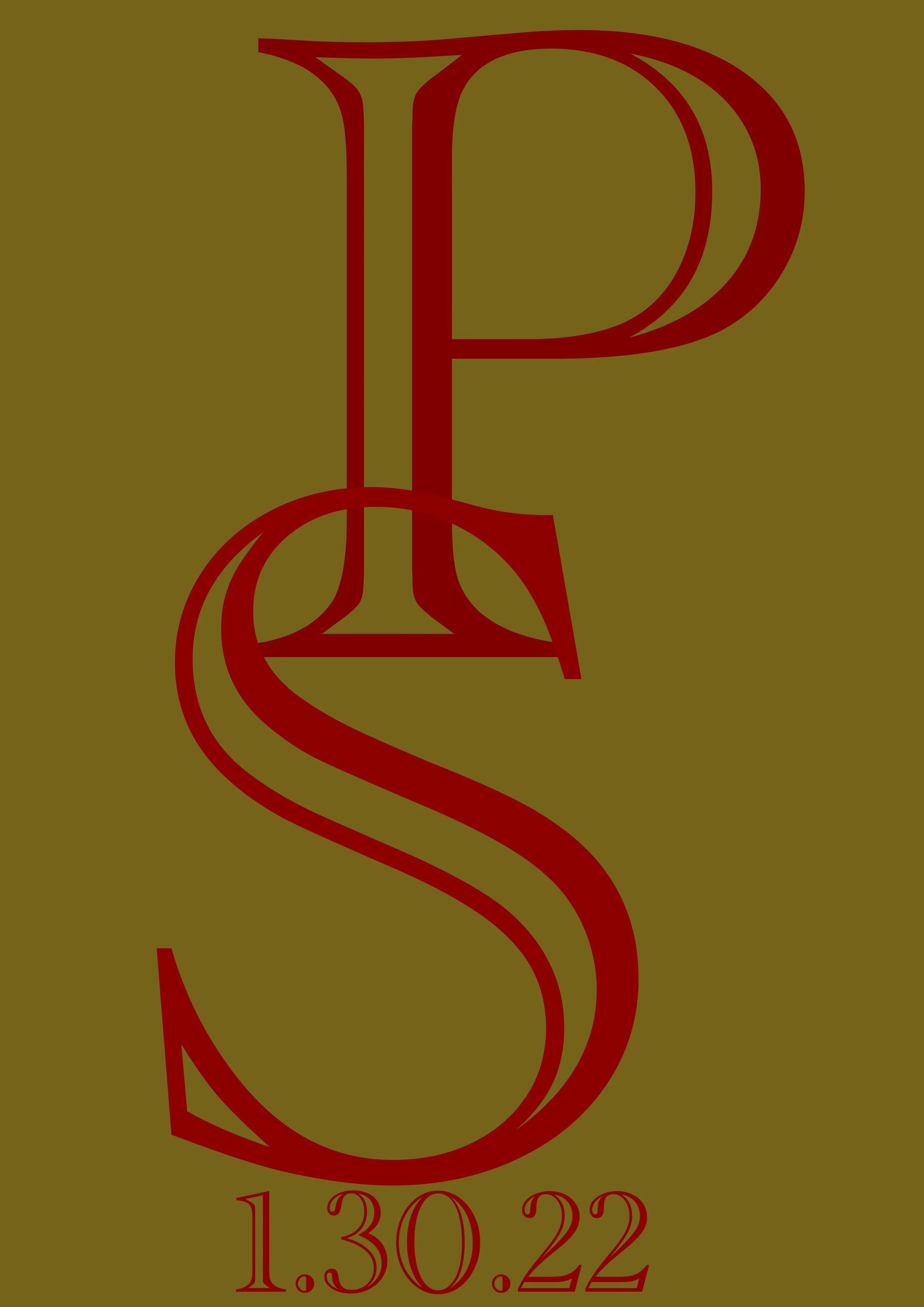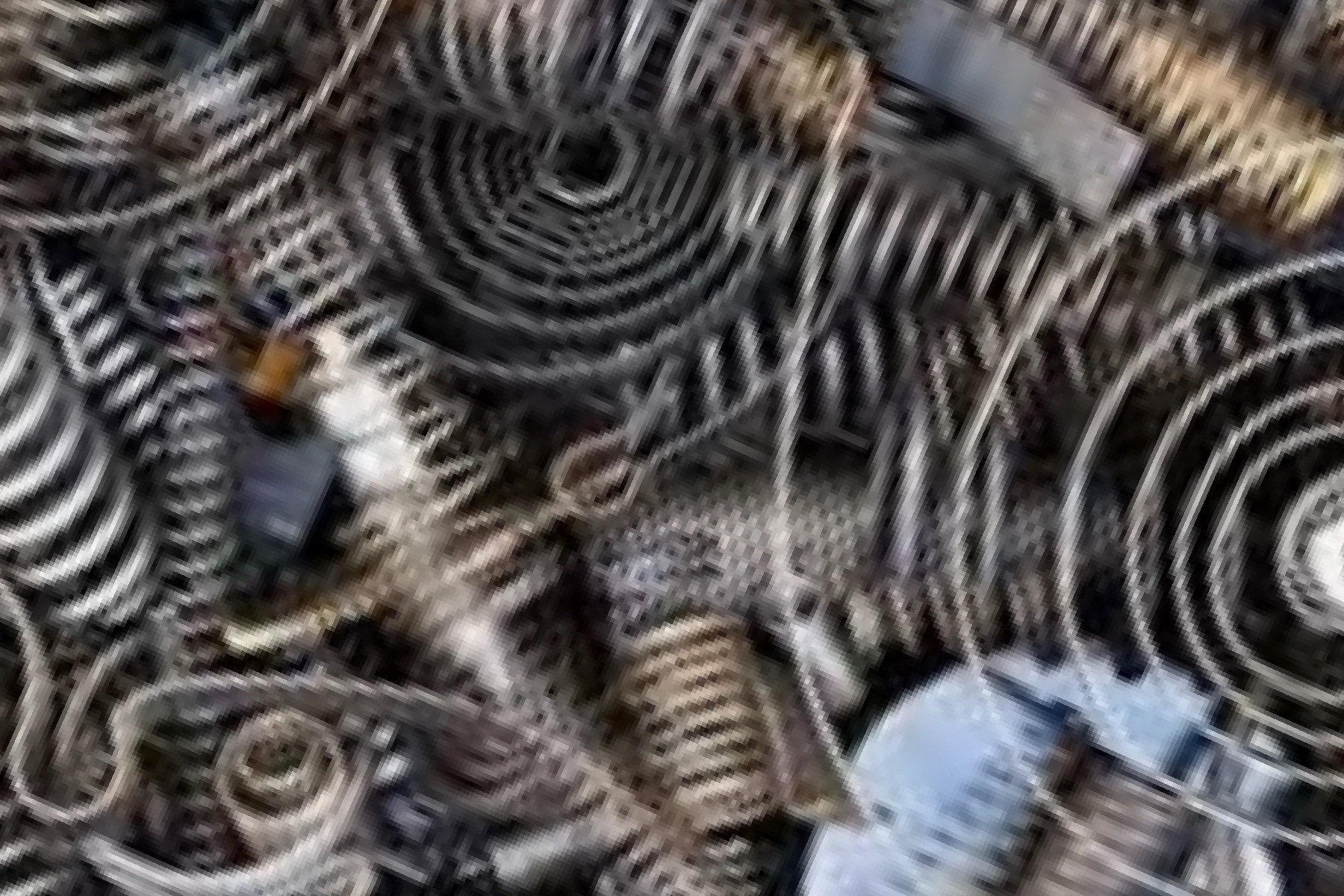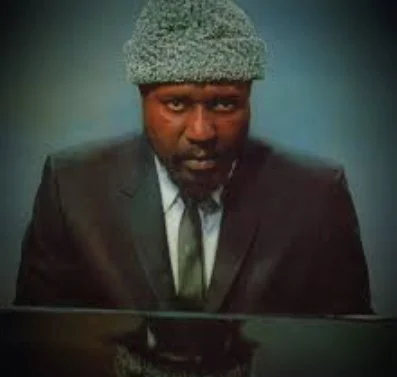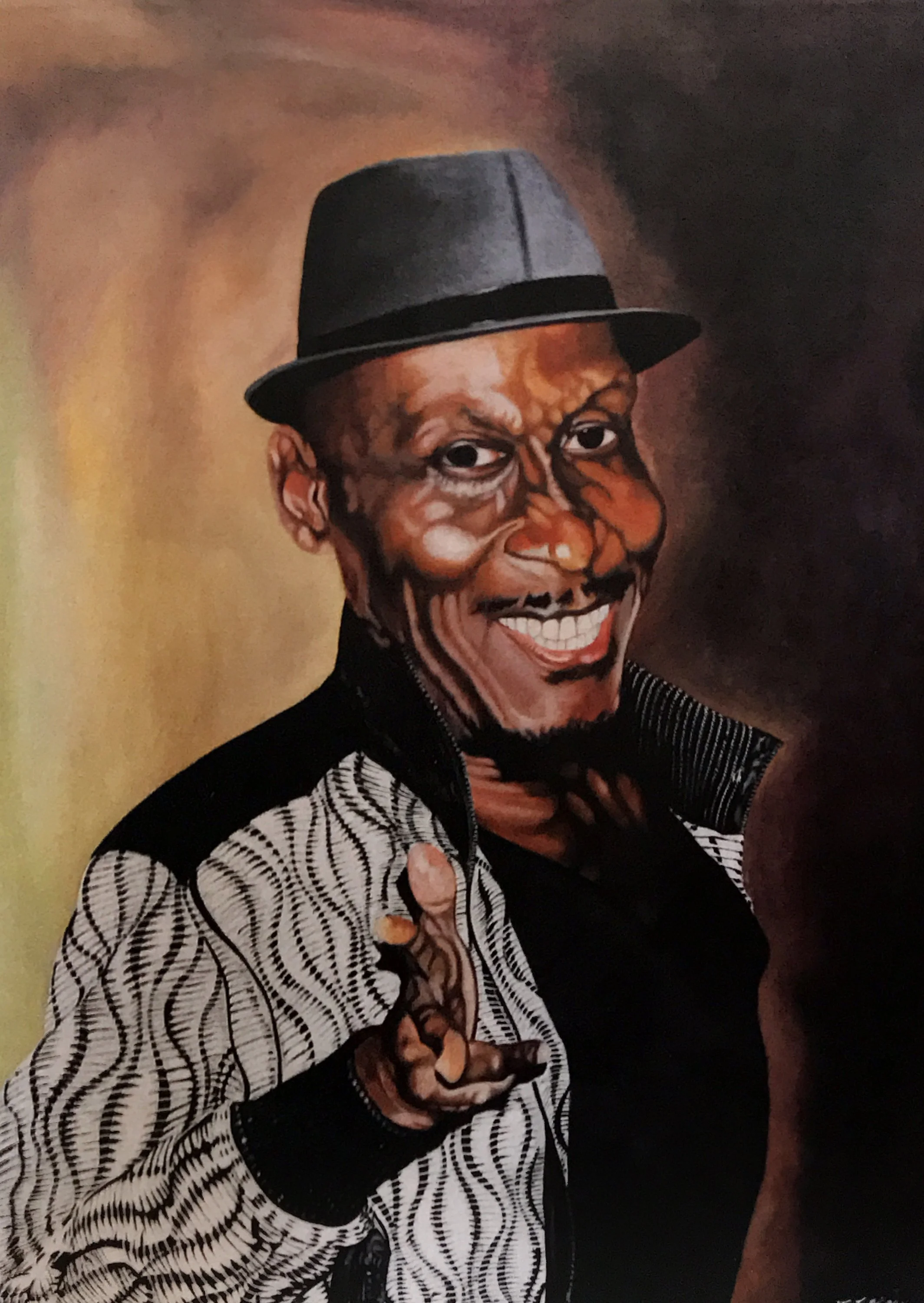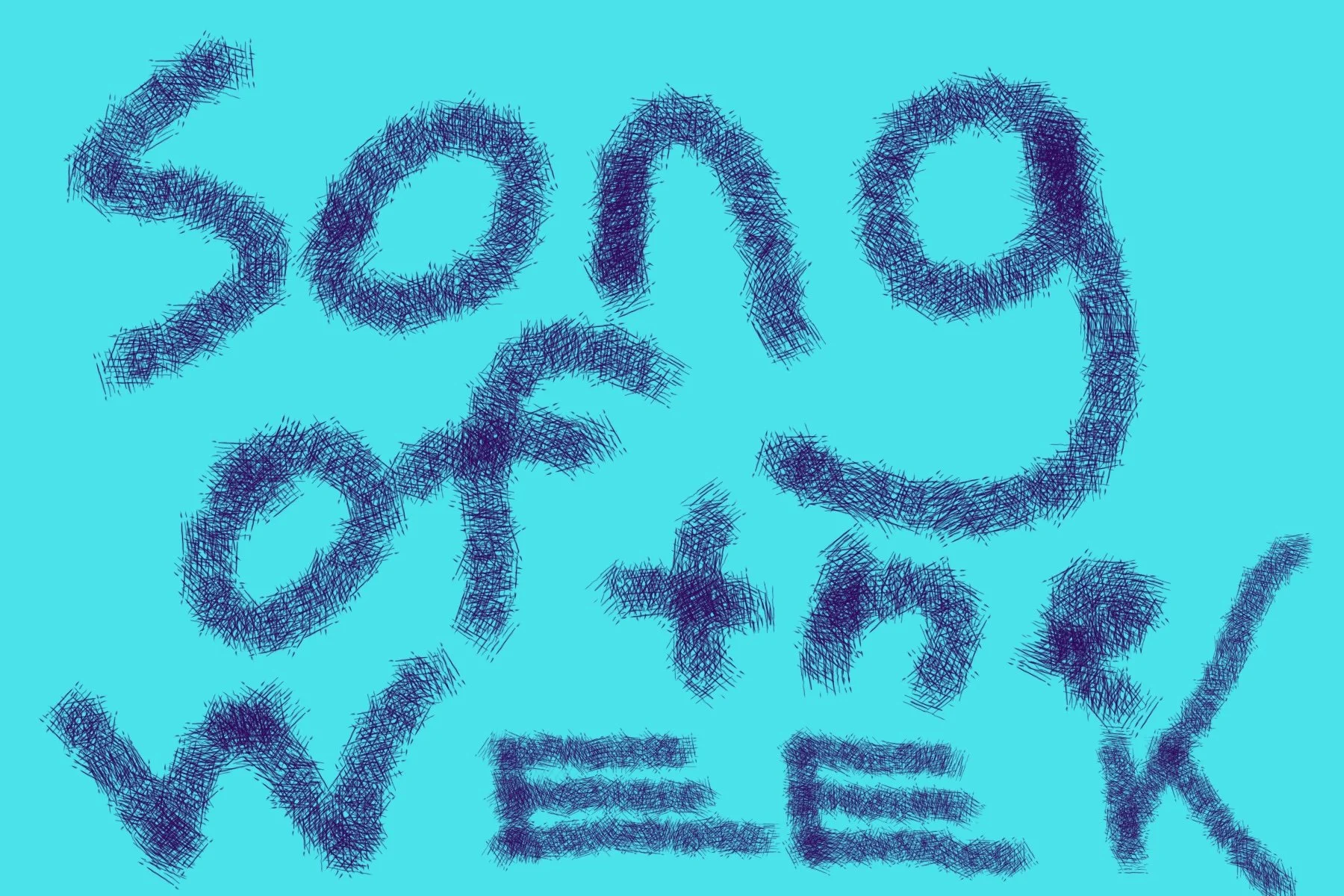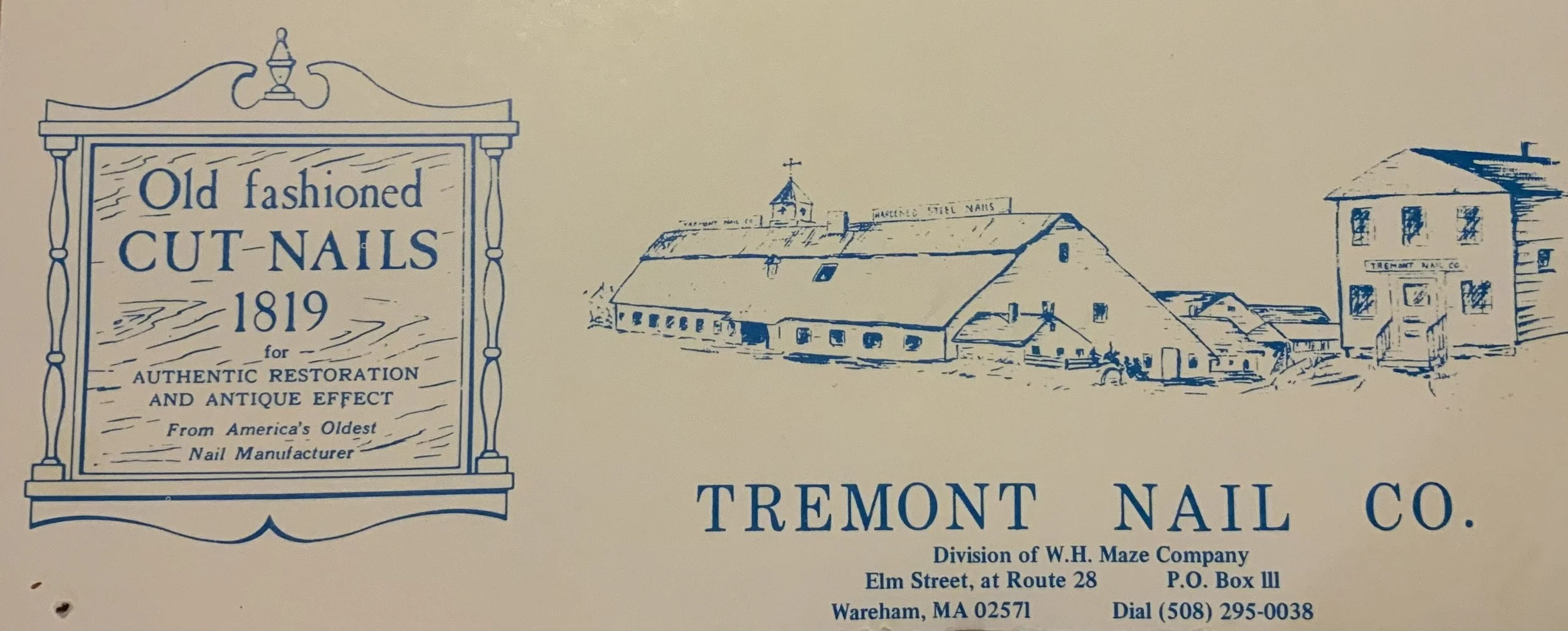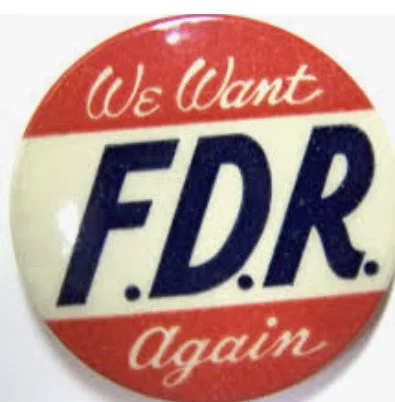More of Monk’s Lids
Jimmy Cliff by Jamaican painter, now in Minneapolis, Junior Williams
Poet’s Poet Anna Tivel
“If the sons of company directors,
And judges’ private daughters,
Had to got to school in a slum school,
Dumped by some joker in a damp back alley,
Had to herd into classrooms cramped with worry,
With a view onto slagheaps and stagnant pools,
Had to file through corridors grey with age,
And play in a crackpot concrete cage.
Chorus (repeated after each verse):
Buttons would be pressed,
Rules would be broken.
Strings would be pulled
And magic words spoken.
Invisible fingers would mould
Palaces of gold.
If prime ministers and advertising executives,
Royal personages and bank managers’ wives
Had to live out their lives in dank rooms,
Blinded by smoke and the foul air of sewers.
Rot on the walls and rats in the cellars,
In rows of dumb houses like mouldering tombs.
Had to bring up their children and watch them grow
In a wasteland of dead streets where nothing will grow.
I’m not suggesting any kind of a plot,
Everyone knows there’s not,
But you unborn millions might like to be warned
That if you don’t want to be buried alive by slagheaps,
Pit-falls and damp walls and rat-traps and dead streets,
Arrange to be democratically born
The son of a company director
Or a judge’s fine and private daughter.”
“Call of the Valley
I happened upon this 1967 recording in the early 70’s and it forever changed my appreciation and love for Indian Classical music.
It is listed in the book, 1,001 Albums You Must Hear Before You Die, sandwiched between Loretta Lynn’s, Don’t Come Home A Drinkin’ (With Lovin On Your Mind) and the Velvet Undergrounds’ White Light/White Heat.
Allmusic advises: “If the newcomer buys only one Indian classical recording, it should be Call of the Valley.”
Notable musicians that are fans of the recording include George Harrison, David Crosby, Paul McCartney, Bob Dylan and Roger McGuinn.
Shivkumar Sharma, the santoor player, the guitarist Brij Bhushan Kabra, and flutist Hariprasad Chaurasia were all aged about 30 when they made Call of the Valley. The artists became well known musicians as a result of this album and today Call of the Valley is considered a classic and a milestone in world music.
Conceived as a suite, the instruments tell the story of a day in the life of a shepherd in Kashmir using ragas associated with various times of the day to advance the dramatic narrative.
Highly recommended are two belated follow-ups called, The Valley Recalls Volume 1 and 2 recorded live in 1995.
Brij Bhusan Kabra died in 2018, while the other two musicians are alive and still recording.
”
And it is here in its entirety for your dining, dancing, meditational recompensation!
F.D.R. 1.30.1882
Roosevelt’s Four Freedom’s Memorial in New York’s East River done by architect Louis Kahn
“Be sincere, be brief, be seated”
